Are Aesthetic Fads Psychologically Harmful?
An Investigation
Social media is filled with things that we can investigate and the main thing I have been interested in when it comes to social media is how it is harming the youth of today. Focusing on an age group of around 10-18, I want to find out what factors of social media could be dangerous to these young minds that cause them to go into things like manic depressive states and possibly even become withdrawn from their offline communities. In extreme cases this can lead to self-harm, suicide and even criminal behaviour.
I do not think that we understand just how much social media has an influence over our lives and especially the lives and minds of the young. It is our jobs, as adults, to protect the young from the bad side of social media. But what if even we can't see it? What if it is harmful without being overtly so? What if there is something hidden in plain sight that probably would not impact our own lives very much, but definitely has psychological implications of harm towards younger, more vulnerable, people?
We have all heard the discussion about beauty standards. We have heard the discussion about harmful content such as self-harm photos etc. We have heard about the sexualisation of young people becoming a bigger and bigger problem in today's society. However, what if the very aesthetics of a page on social media could be harmful to the young mind? What if aesthetic trends could be the very thing that starts this ball rolling towards further and further psychological harm without them even realising it? What can we do to soften the blow and protect the young?
Aesthetic Fads
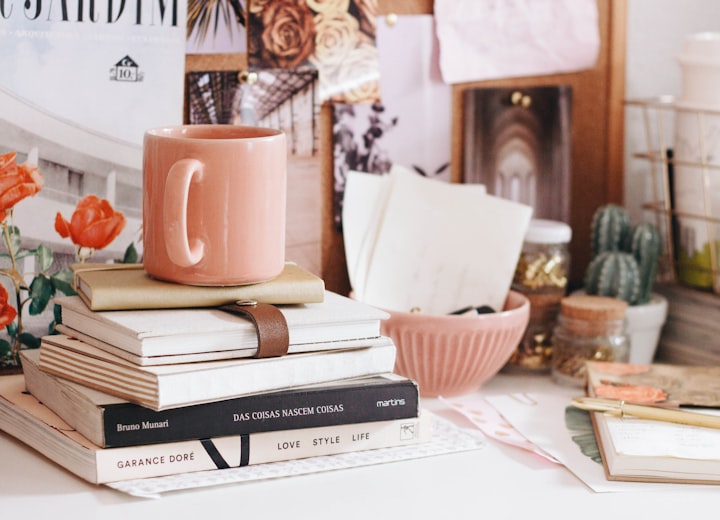
What is an 'aesthetic fad'?
An aesthetic fad is a design or an aesthetic technique used on a social media page which is in tune with the current fad or trend of colour, design and content. This makes the social media page attractive to a specific kind of people and adds 'character' to the page. For example: the Instagram page for "British Vogue" lets us see clothing and interviews and the aesthetic of course is high fashion and beauty. This trend is also seen across many other pages relative to high fashion. But an aesthetic fad is normally coming from a fad design that has been circulating for a while, possibly based off something trendy in television, film or celebrity culture and changes every few months.
Examples of aesthetic fads

1) When I was young, the aesthetic fad was called 'Scene' which included people with wild hair in many colours, similar to the punk era but mixed with a strange gothic element. Artists such as 'My Chemical Romance' and 'Panic! At the Disco' were practically idolised, including 'Avenged Sevenfold' and 'Bring Me the Horizon'. More typically known as the 'Emo' sub-culture, it was a fad that practically encouraged depression and self-harm. It was, in hindsight, extremely harmful and should not be idolised or repeated by young children.

2) Another aesthetic fad which came around after I had grown out of this stuff was the hipster culture. Though hipster culture meant focusing not on mainstream corporations and more on small businesses, this was normally a very exclusive culture made for middle class people to feel betetr about themselves. Buying from small business and niche markets can be awfully expensive and the judgemental sub-cultures that spurned off the hipster fad were in fact, extremely classist.

3) The most recent one that I have heard of is a fad called 'Dark Academia' which focuses on dark literature mainly but is more about the aesthetic than the books themselves. The sub-culture that has arisen from this has woken something that is inheritantly racist. Focusing on the literature and aesthetics put forward in the height of white power which mainly only involves white people can not only be seen as racially insensitive but can look as if it were excluding people of colour. Personally, I think that this is the most harmful one of the three examples becuase it encourages young people to judge a book by its cover. Many not having actually read the books at all, they just prefer the dark aesthetics of them. But in terms of people as well, it seems to be exclusively open to middle class white (mostly) teenage girls.
How can these fads be harmful?

There are many reasons that these fads can come across as problematic or even be harmful to the teenagers involved with them:
1) They encourage fast fashion
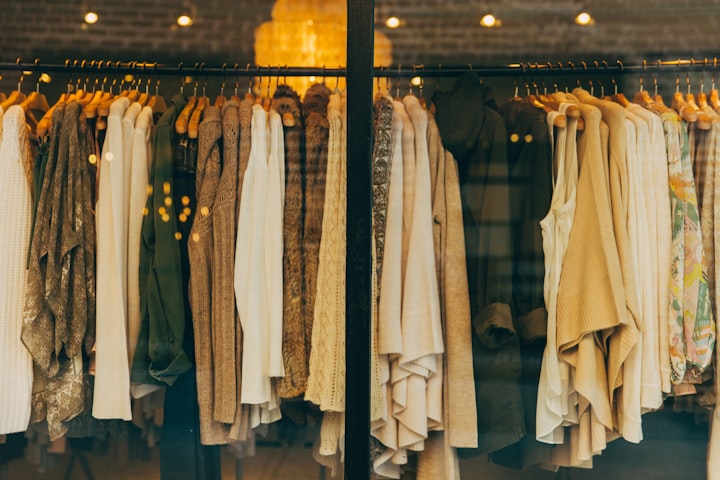
Fast fashion is already a problem. People are buying too many cheap clothes and then tossing them out whenever a new fad arrives. This is definitely true of aesthetic fad culture on social media. Instagram encourages teenagers to always follow the trend and have clothes to supprot that as they need to post pictures of themselves in them. This was often restricted to simply cosplay about ten to fifteen years' ago but is now a part of everyday life. This fast fashion is not only normally quite expensive to maintain but it is also incredibly bad for the environment that we are supposed to be saving. Encouraging fast fashion because of these aesthetic fads is something we must work to stop.
2) They can encourage classism
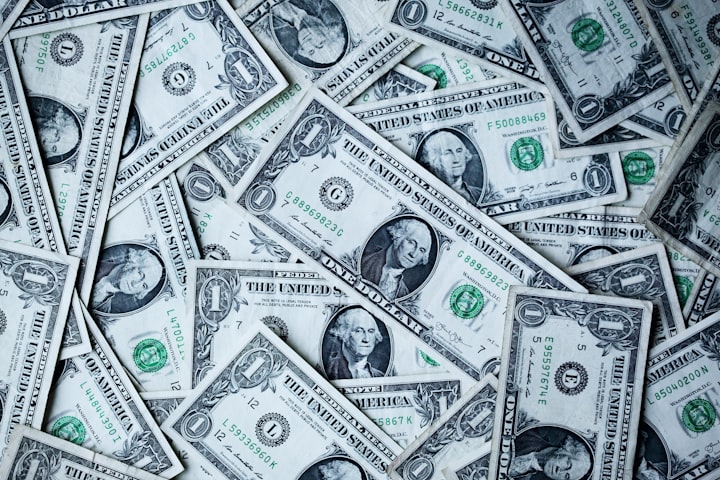
Classism has always been a big problem on social media. Often the richer you are, the more you can afford things that match the aesthetic fad you want to present. Let us take an example: if you wanted to present yourself and your social media page in a way that was part of this new Dark Academia culture - the more followed social media pages would be by those who can afford the clothes that are produced by the designers who are recognising that they can make money from the new fad. Everything from clothing to shoes and even to interior design all come at a great cost, and if you have not noticed when a new aesthetic fad comes around the first thing companies do is bump up the prices on the items that fit the sub-culture.
3) They can glamourise things that are often problematic or harmful
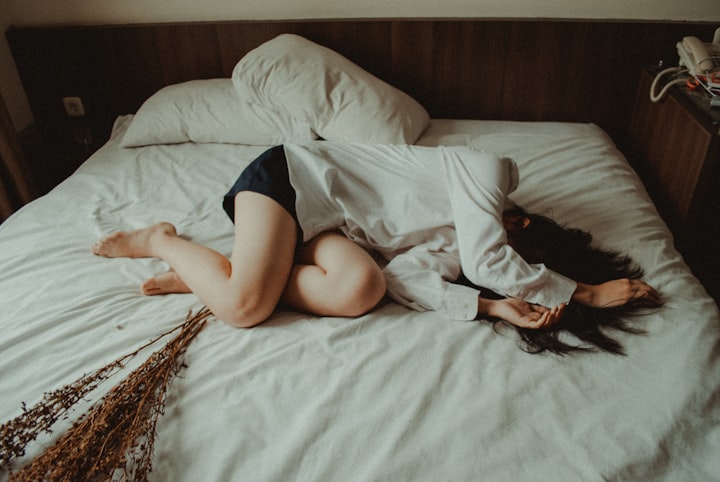
As I have said previously, glamourising things that are harmful is possibly one of the worst things that these aesthetic fads do and there are many of examples of this throughout history. For example, we could go all the way back to the 70s when the aesthetic fad was around LSD and Cocaine. Possibly not the best glamourisation by an aesthetic fad. But in today's Generation Z fads, glamourisation of melancholia and 'deep' thoughts have led to depression in many young people. I am not saying that this happens to all of them, but some aesthetic fads do encourage or glamourise depression such as: various noir-based trends, some nostaglia-based trends and even all the way to the music of artists that are associated with specific aesthetic fads like Lana Del Rey.
Side Note: I personally love the music of Lana Del Rey, but can also see how her music may be harmful to vulnerable young minds who take her songs very literally.
4) They can encourage exclusion

Whichever fad this is, especially within the 2010s, it can encourage something called 'gatekeeping' in which people with more access, more money and more fitting to the specific fad often defend it against others who have less money, less access and look less like the specific fad's aesthetics for the hope of becoming more popular themselves. This, in more common and recent trends can lead to things like insults, harrassment, cyberbullying and even doxxing. In extreme cases, the recipient can become depressed, isolated, feel unworthy and often even harm themselves. It is important to showcase the range of people included within the sub-culture rather than gatekeeping for reasons from aestheticism to racial discrimination (see: example on Dark Academia) and all the way through to body type and money.
What can we do to help?
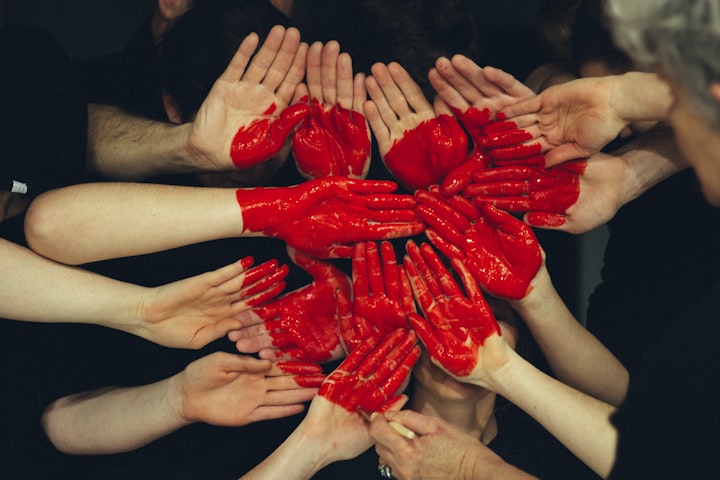
As adults, we can encourage and teach via social media. Things we can show children and teens is that:
- there are a large number of people who are all different and yet all enjoy the same things
- there are all kinds of people involved in various sub-cultures
- money, social media fame and showing off are not the actual aims of social media
- to be on social media to make friends rather than to create divides
I hope we can teach young people that there is more to social media than cliques and gatekeeping trends. I hope we can teach them that aesthetic fads are just that, they are fads and nothing more. I hope we can teach them to cultivate a personality of their own and go with that rather than following a damaging, harmful and often problematic social media trend of design.
About the Creator
Annie Kapur
200K+ Reads on Vocal.
English Lecturer
🎓Literature & Writing (B.A)
🎓Film & Writing (M.A)
🎓Secondary English Education (PgDipEd) (QTS)
📍Birmingham, UK





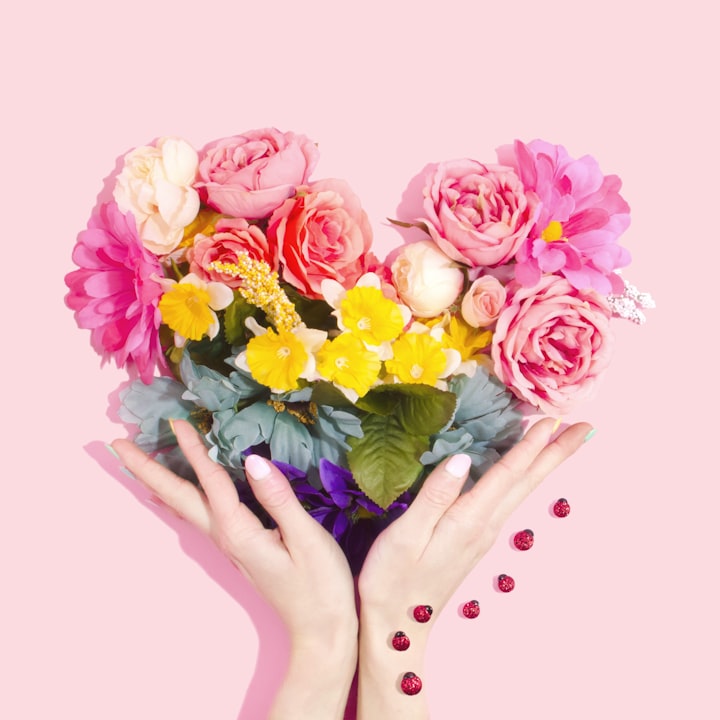

Comments
There are no comments for this story
Be the first to respond and start the conversation.